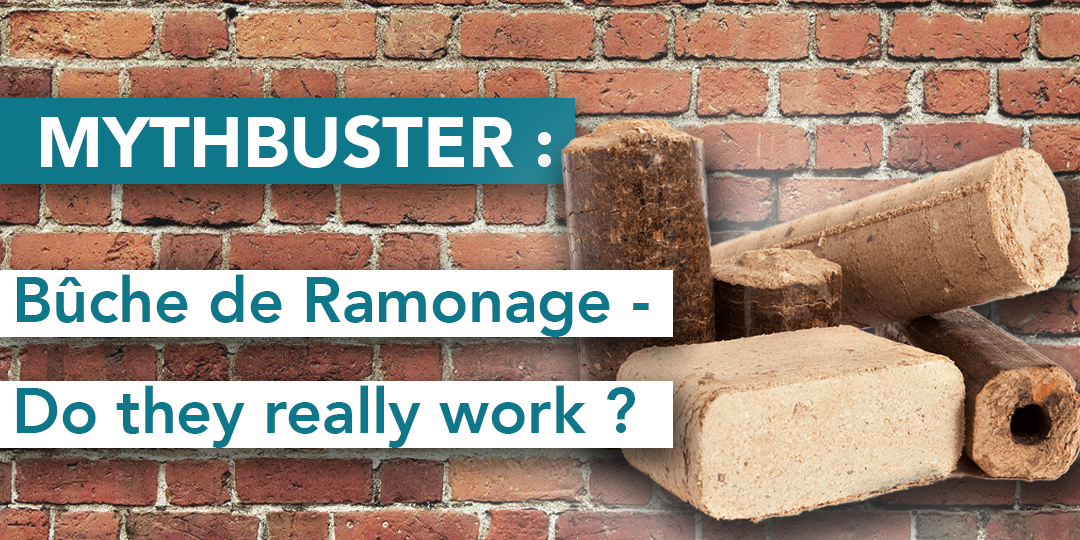Anyone who has a pellet burner knows the joys and benefits that such an appliance can bring to your home. They are low maintenance, can be set to come on with a timer (a huge plus when it’s your primary source of heating) and are generally, pretty cheap to run. Last year, many were reporting using only one bag of pellets a day, even on the coldest days of the year. With one of the stand out features of pellet burners being their cost effectiveness to run, it has hit users particularly hard that the price of pellets has gone soaring through the roof this year.
Pellets, like many things vary in quality. The ENplus certification has a grading system relating to the quality of the pellets in line with European regulations. Most domestic users of pellets will be looking to acquire pellets with a grade of A1 whereas industrial users tend to use pellets graded A2 or even B. You can read more on Pellet grading and what that means here.
Last year, when buying a pallet or pellets of A1 quality, you could expect to pay anywhere from 3-5€ per 15kg bag. This year however, you would be lucky to find a supplier selling for anything less that 8€ – Some suppliers are even charging as much as 13€+! We’re all no strangers to inflation and we do of course expect the things we buy to increase in price over time but what has caused the price of pellets to jump skyward so quickly and what does this mean for the future?
The price of pellets began to rise rapidly since May of 2021. The price of pellets is subject to the availability of the raw materials used to manufacture them, the abundance of stock and the buying patterns of the consumer. The initial increase in prices was due to the sharp rise in the sale of pellet burners and boilers in domestic homes, thanks to substantial aid offered by the government and MaPrimeRenov in an effort to increase the energy efficiency of our homes. It is estimated than an additional 300,000 tonnes of pellets have been consumed because of this.
We are also seeing the effects of the COVID pandemic affecting the price of pellets. Firstly in the case of overstocking; Wood pellets have been subject to the same anxiety based buying patterns as toilet paper and pasta during the first confinement. In addition to this; around 85% of the wood stock used to manufacture wood pellets comes from the untreated residual waste from the wood processing industry. With less demand during COVID, this has led to less wood production and thus, less residual waste for pellets to be made from. The price of pellets therefore rises from a supply and demand perspective.
The next event to drive the price of pellets up further is actually linked to the Russian invasion of Ukraine. Russia and neighbouring Latvia are responsible for 3.2 Million tonnes of wood pellet production each year, more than any one country produces globally. It is therefore perhaps no surprise that we are subject to the same issues with pellets are we experienced from the sunflower oil industry earlier this year.
So can what can we expect for the future of wood pellet prices? Well, No one can know for sure.
An increase in demand is usually followed by an increase in supply. As more and more of us switch over to pellet burners and boilers, the infrastructure needed to keep up with this demand will naturally be developed. With an increase in production and therefore supply, this would suggest that the price is likely to become more stable and closer to what we were used to before.
Also, due to the panic buying of pellets aforementioned above. The ‘buying season’ for pellets spiked much, much earlier this year. It is therefore likely that as production works tirelessly away to catch up with the demand, prices may even begin to drop again before the end of 2022.
Let’s hope that supply catches back up with demand soon, before the weather turns too cold and we’re ready to flick the switch to our pellet burners back on.





